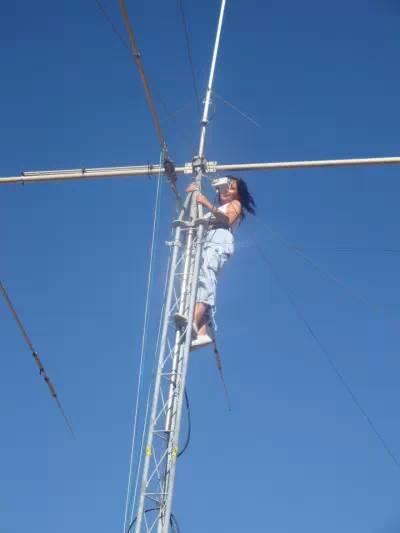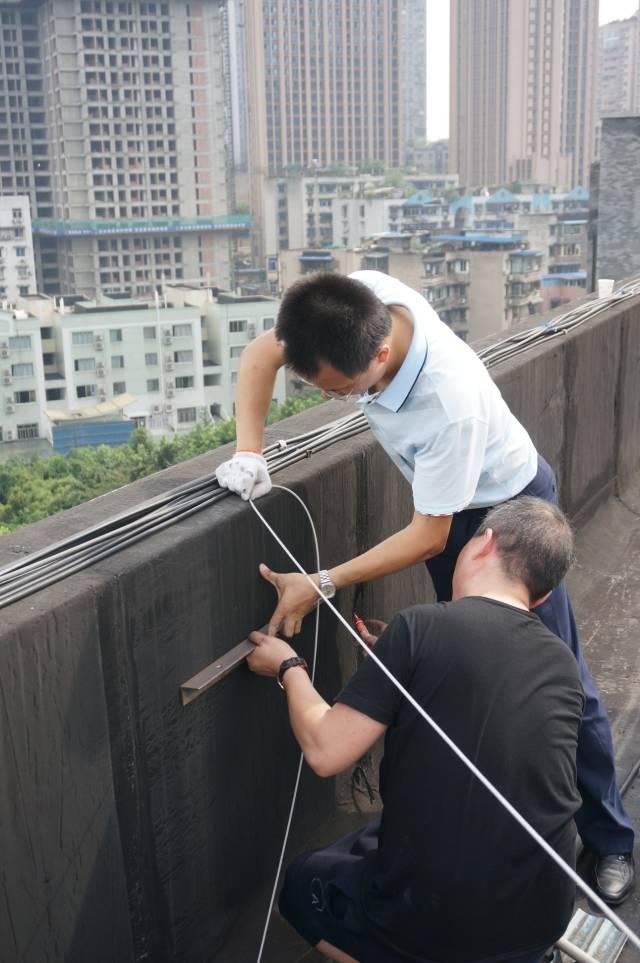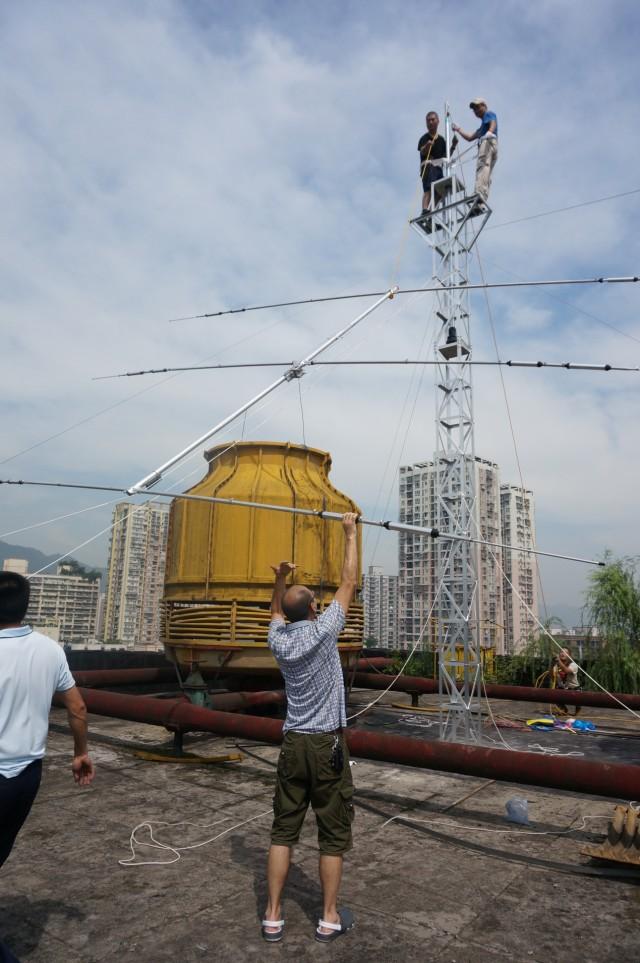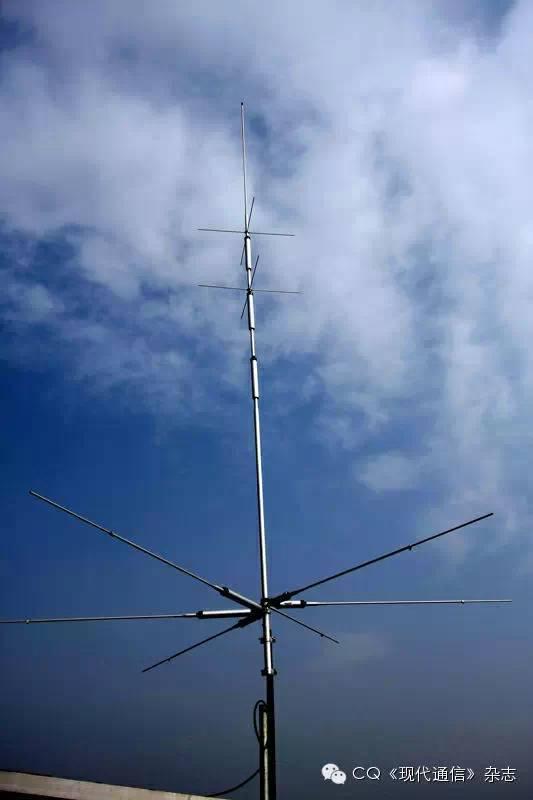Products Category
- FM Transmitter
- 0-50w 50w-1000w 2kw-10kw 10kw+
- TV Transmitter
- 0-50w 50-1kw 2kw-10kw
- FM Antenna
- TV Antenna
- Antenna Accessory
- Cable Connector Power Splitter Dummy Load
- RF Transistor
- Power Supply
- Audio Equipments
- DTV Front End Equipment
- Link System
- STL system Microwave Link system
- FM Radio
- Power Meter
- Other Products
- Special for Coronavirus
Products Tags
Fmuser Sites
- es.fmuser.net
- it.fmuser.net
- fr.fmuser.net
- de.fmuser.net
- af.fmuser.net ->Afrikaans
- sq.fmuser.net ->Albanian
- ar.fmuser.net ->Arabic
- hy.fmuser.net ->Armenian
- az.fmuser.net ->Azerbaijani
- eu.fmuser.net ->Basque
- be.fmuser.net ->Belarusian
- bg.fmuser.net ->Bulgarian
- ca.fmuser.net ->Catalan
- zh-CN.fmuser.net ->Chinese (Simplified)
- zh-TW.fmuser.net ->Chinese (Traditional)
- hr.fmuser.net ->Croatian
- cs.fmuser.net ->Czech
- da.fmuser.net ->Danish
- nl.fmuser.net ->Dutch
- et.fmuser.net ->Estonian
- tl.fmuser.net ->Filipino
- fi.fmuser.net ->Finnish
- fr.fmuser.net ->French
- gl.fmuser.net ->Galician
- ka.fmuser.net ->Georgian
- de.fmuser.net ->German
- el.fmuser.net ->Greek
- ht.fmuser.net ->Haitian Creole
- iw.fmuser.net ->Hebrew
- hi.fmuser.net ->Hindi
- hu.fmuser.net ->Hungarian
- is.fmuser.net ->Icelandic
- id.fmuser.net ->Indonesian
- ga.fmuser.net ->Irish
- it.fmuser.net ->Italian
- ja.fmuser.net ->Japanese
- ko.fmuser.net ->Korean
- lv.fmuser.net ->Latvian
- lt.fmuser.net ->Lithuanian
- mk.fmuser.net ->Macedonian
- ms.fmuser.net ->Malay
- mt.fmuser.net ->Maltese
- no.fmuser.net ->Norwegian
- fa.fmuser.net ->Persian
- pl.fmuser.net ->Polish
- pt.fmuser.net ->Portuguese
- ro.fmuser.net ->Romanian
- ru.fmuser.net ->Russian
- sr.fmuser.net ->Serbian
- sk.fmuser.net ->Slovak
- sl.fmuser.net ->Slovenian
- es.fmuser.net ->Spanish
- sw.fmuser.net ->Swahili
- sv.fmuser.net ->Swedish
- th.fmuser.net ->Thai
- tr.fmuser.net ->Turkish
- uk.fmuser.net ->Ukrainian
- ur.fmuser.net ->Urdu
- vi.fmuser.net ->Vietnamese
- cy.fmuser.net ->Welsh
- yi.fmuser.net ->Yiddish
How to protect outdoor RF antennas from lightning strike?
How does a lightning strike form for the antenna?
Antenna lightning strikes form upon the following necessary conditions: Antenna is the highest point around on the ground or building, which caused the gathering of huge amount of electrical charge, ausing .
When the charge is concentrated to a certain extent, it is ionized in humid air. Discharge current is close to high-voltage wire short-circuit current, or even much larger. In this way, we should be able to know how to solve the lightning problem.
Four ways to prevent antenna from lightning
Method 1 - We can set the antenna at a secondary height, for example, there is a China Mobile tower or publich TV tower nearby, we can set up an antenna somewhere nearby, as long as it does not exceed or level with those towers in height. In fact, it'll be safe for our antennas if they are no more than 50cm away from the tower's lightning rod, since the ground charges will have been released through those professional lightning rods, the residue will be too weak to form and lightning for our antenna.

Method 2 - We'll set up the lightning rod by ourselves. Firstly, be well noted that the height of antenna element should not exceed that of lightning rod. Weld a steel bar at the top of the antenna at a length of about 1500px. At the same time, fix a steel cord at least 6mm thick tightly on the steel bar or the supporting bar by a clamp. Fix the cord onto the wall all along from the roof to downstairs and hit it into the ground using a 2 meter long galvanized angle iron, leave a small length of the Galvanized angle iron on the ground and wrap it or weld with the stainless steel cord. Before the welding, make sure the resistance to earth can not be higher than 4Ω. If the value if over 4Ω, sprinkle the toner in the soil around the angle iron and pour thick brine around it. Then test the resistance again and again till the value is less than 4Ω. The resistance should be checked on the yearly basis.

Before setting up the antenna, seek the location of grounding around the building, the grounding of buildings are usually done with a thick stainless steel and is not hard to find.
After the grounding location is found, you might also find rings of stainless steel around the roof , that's exacly used for lightning protection of the building. Prepare a single copper or steel power cord of 6 square mm or more, fix one end of the cord to antenna's support rod firmly, the other ends of cord should be tightly fixed onto the steel ring of the roof, use a sandpaper to remove the rust on the steel if necessary. Please note that the cord should be fixed tightly onto those two points, otherwise it'll be useless.

Method 4 - Lead the build's grounding near to the station, use a copper cord of 6mm or more in thickness to lead the grounding wire inside the house nearby the station, weld a connector on the copper cord that matches antenna's connector. When the rainstorm is coming, unplug the antenna from the transmitter and attach it to the cooper cord, thus it becomes a lightning rod and release the charge through the building to ground so as to prevent the happening of a lightning strike.

Five Seconds to discover a lightning strike.
Where there's a rainstorm, we can judge if there will be a lightning strike using the followin method: After seeing the lightnig, count the time between the lightning and thunder, if it's over 5 seconds, it means the discharge clouds are far and high away from us, that's an air charge and we don't need to worry much.
If the interval between lightning and thunder is less than 5 seconds, or they even happen simultaneously, it means the lightning stike is very close to us, please stop using any transmission equpiments and cut off the electricities, or unplug the antenna cable from the transmitter and throw it out of the window. Or it is better to connected the cable onto a well grounded wire.

